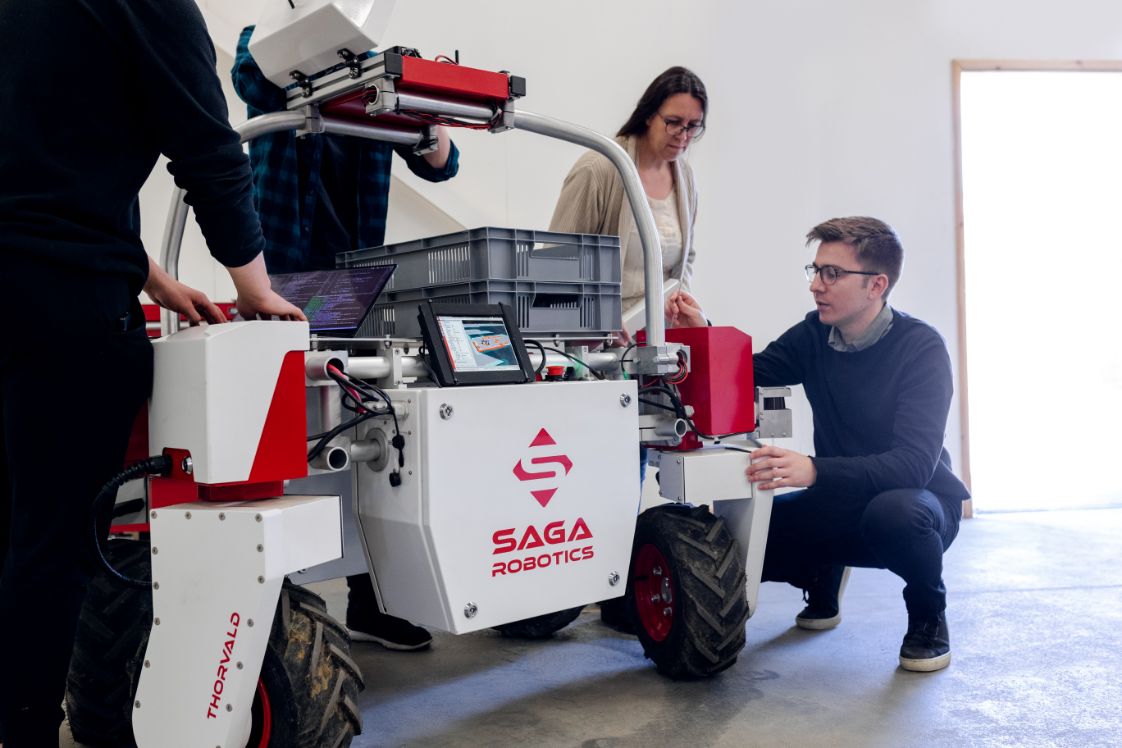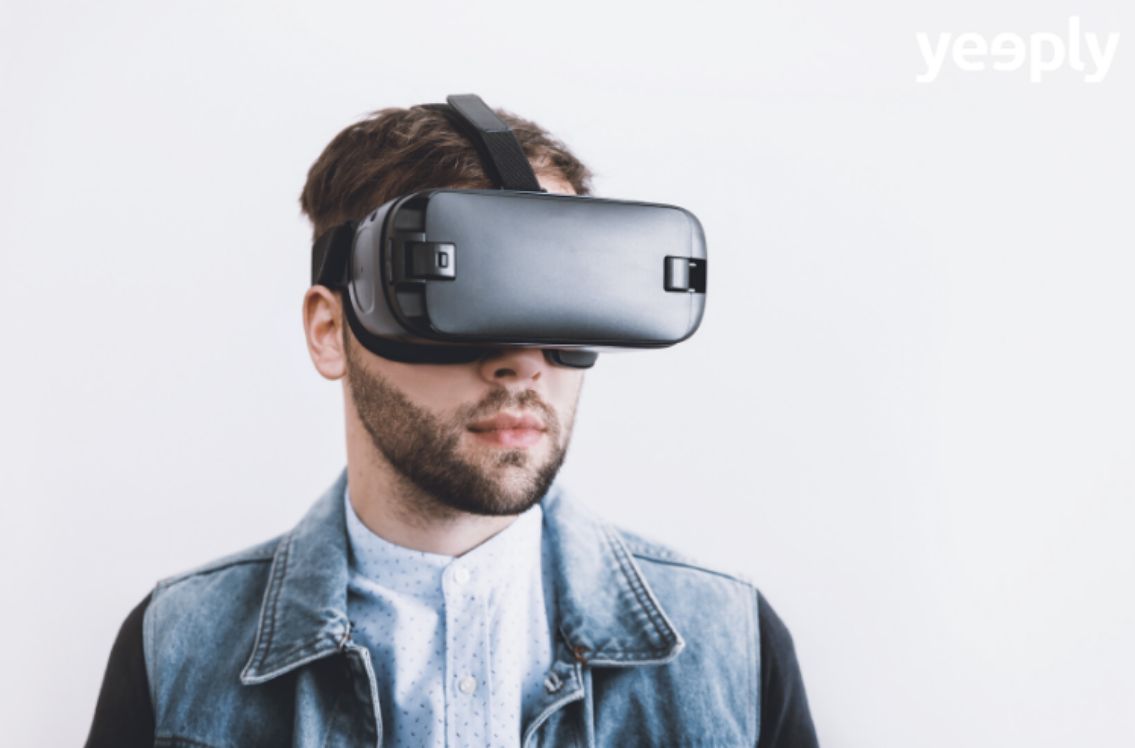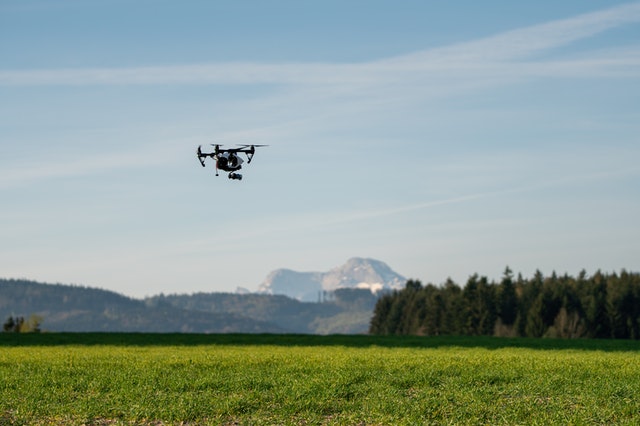Artificial Intelligence, Machine Learning, Deep Learning… Technology advances by leaps and bounds and it’s normal to feel lost if you are not well acquainted with its newest applications.
If you thought that similar concepts stood behind these three technologies, we are sorry to have to prove you wrong. Yeeply’s mission is to untangle these three technologies so that you may understand exactly what they are and how do they differ.
Discover what each of them is about, how they interrelate and which applications they yield.
What is Artificial Intelligence?
Artificial Intelligence is a machine’s ability to imitate the cognitive functions that — as yet — were exclusively associated with humans.
Perceiving, reasoning, learning or solving problems are among the things that can be carried out by artificial intelligence. This concept may still strike us as science fiction but the truth is that this technology is already well embedded in our every-day life.
Think of the integration of AI in smart homes for example. Its presence in home automation allows us to control our appliances, secure our homes, and even limit our expenses. The ultimate goal of home automation is to limit the need for human involvement.
Keep reading: What is GPT-3 and why is it revolutionising AI?

Artificial Intelligence history
The desire to create machines that behave like humans have been present in humankind’s history since very ancient times.
However, modern artificial intelligence appeared during World War II by the hands of Alan Turing. This expert mathematician managed to decipher the operation of Nazi Germany’s Enigma encryption device by creating the Bombe machine.
In 1950, Turing published an article titled Computational Machinery and Intelligence. In this article, he laid the foundations of artificial intelligence and posed an experiment known today as the Turing Test, which determines whether a machine is to be considered intelligent or not.
To carry it out, a human being is to have a conversation with a machine in a room. If the person having the conversation is unable to distinguish whether he/she is talking to a human or a machine, then such a machine is considered to be intelligent.
?? Related content | Top 5 Digital Transformation Challenges (and How to Overcome Them)
Examples of Artificial Intelligence

Robotics is one of the best-known applications of Artificial Intelligence and is nowadays very common in the manufacturing industry. For this reason, the European Union has already anticipated its generalisation in other areas and is putting forward robotics legislation aimed at solving possible problems that may arise in the future.
The EU pushes Isaac Asimov’s robotics laws one step forward by suggesting that robots must have an emergency switch to avoid any danger to humans.
In addition, this legislation provides for creating the legal status of electronic persons, who will also have rights and obligations, including — among other proposals — social security contributions to subsidise unemployment benefits.
It’s still early to determine how its legal framework will evolve. But the truth is that Artificial Intelligence is a ubiquitous technology that will revolutionise our day-to-day life in a few years to come, being present in customer care, self-driving vehicles, assistant robots, etc.
What is Machine Learning?
Artificial Intelligence may try to imitate human reasoning but Machine Learning, in turn, goes still a bit further. It’s the branch of artificial intelligence that enables machines to learn by themselves, meaning they eventually can avoid having to resort to external orders.
The “machine”, so to speak, is actually an algorithm that analyses a big volume of data — which would be unattainable for a human being — in order to identify patterns. I.e. Machine Learning implies that a machine is trained to automate tasks that are impossible to encompass for a human being and that it’s able to make predictions as a result of its learning.
This video explains how machine learning works:
Nevertheless, human intervention is compulsory in Machine Learning to validate the decisions made by the algorithm. Little by little, the algorithm keeps on getting better by way of these corrections.
Examples of Machine Learning
Machine Learning has been present in our lives for a long time, even if we may not have been completely aware of it. Face recognition being applied to photos published on social media or uploaded to cloud storage services is an example of Machine Learning being put into use.
Are you hooked on streaming content platforms like Netflix, Spotify, or the like? If so, you’ll be familiar with the recommendations made to you by these platforms based on the content you have seen or the music you have listened to.
Predictive text or automatic replies suggested in services such as Gmail or LinkedIn are other Machine Learning applications that may go unnoticed. As you can see, this technology is already fully incorporated into our every-day lives. You had likely realised this already before reading this article.
?? You might be interested | Augmented Intelligence: humans and AI joining forces
What is Deep Learning?
Deep Learning could be defined as a kind of Machine Learning, but a kind that is somewhat more complicated.
Deep Learning is a set of algorithms mimicking the human brain’s neural networks. In Deep Learning, machines learn by themselves in stages or, more precisely, by layers. A Deep Learning model’s depth will depend on the number of layers that it has.
Neural networks in Deep Learning can be either virtual or physical. Virtual neural networks are those created artificially in a computer, while physical ones are created with silicon most often.
Examples of Deep Learning

As with the other technologies, Deep Learning is also very present in our daily lives. Smart translation apps, voice assistants like Siri, Google Home and Cortana, or the feature in Google Photos enabling to search for similar images are some of its uses that have already been well assimilated.
However, Deep Learning also has other very promising applications in fields such as medicine or scientific research in general. The analysis of medical images such as X-rays or MRIs, leading to an improvement in the precision of diagnoses, is a good example of such promising applications. The fact remains that the applications of Deep Learning are truly endless.
Have you grasped the differences?
Despite sharing common features, Artificial Intelligence, Machine Learning, and Deep Learning are — as you can see — different technologies that entail great potential.
Have you thought about how to incorporate them into your company’s work processes or customer services? Surely they can help you make better decisions or give your company a competitive edge.
If you have any doubts, don’t hesitate to consult a digital partner like Yeeply to find out what technology can do for you.













